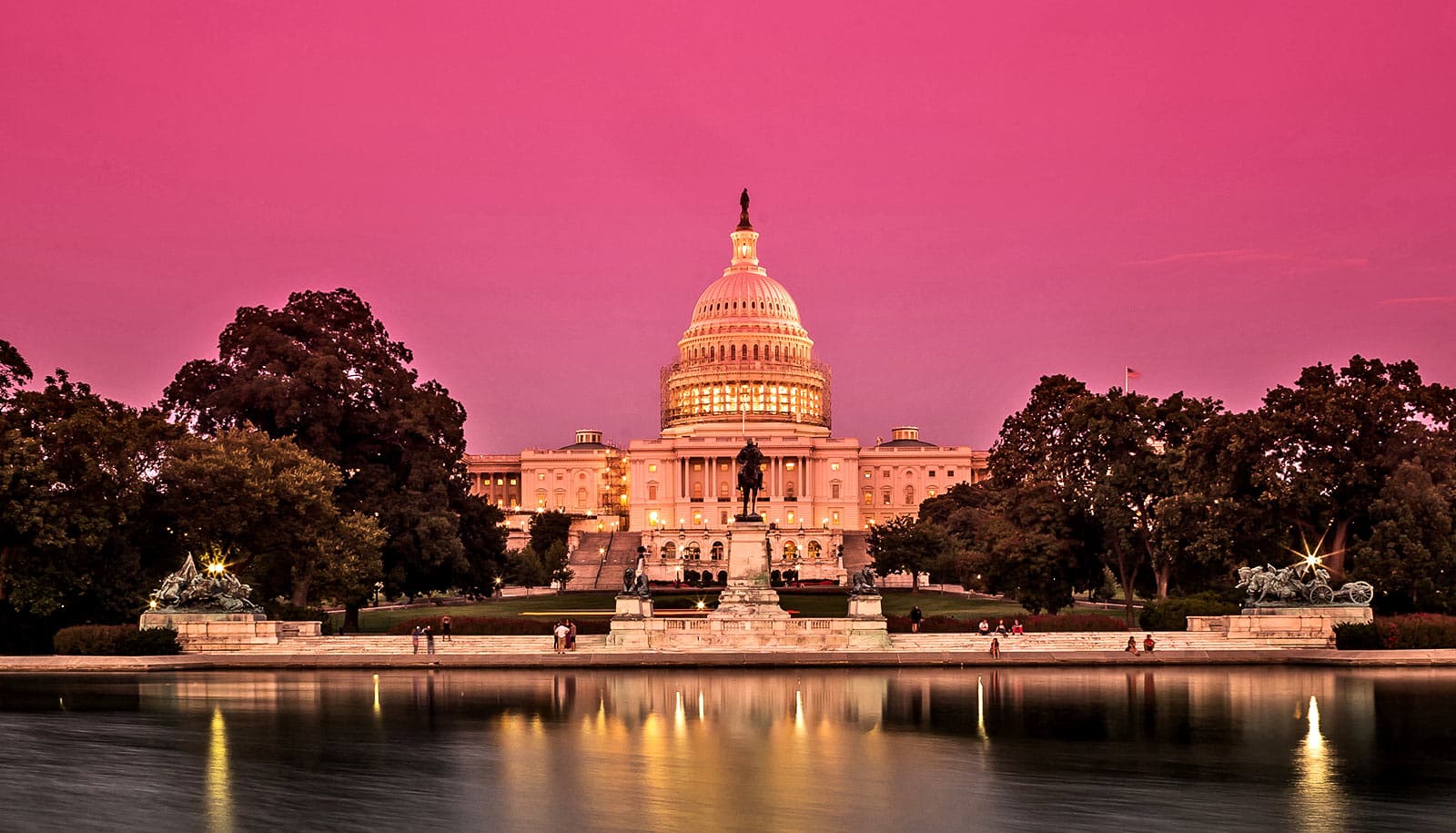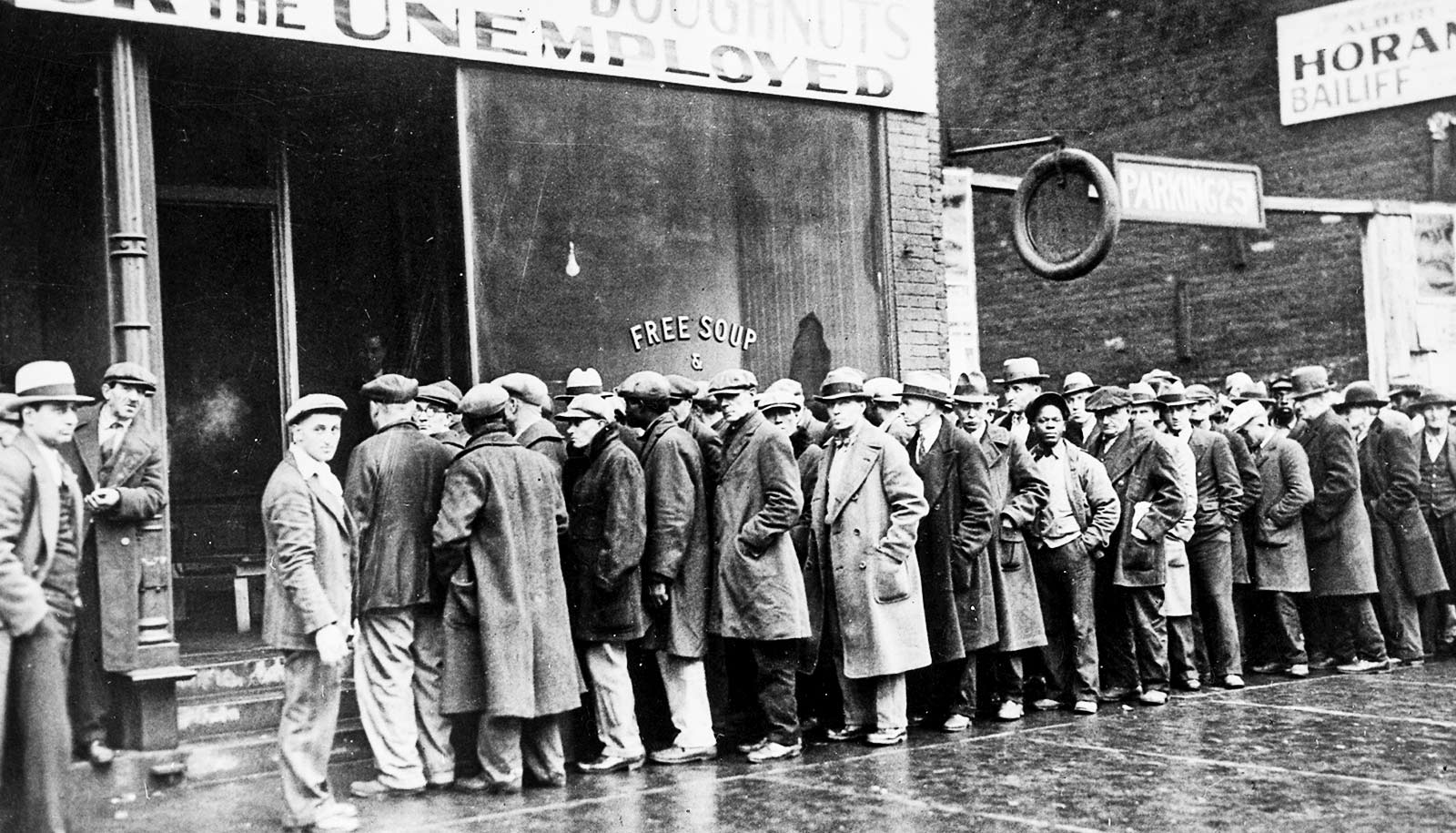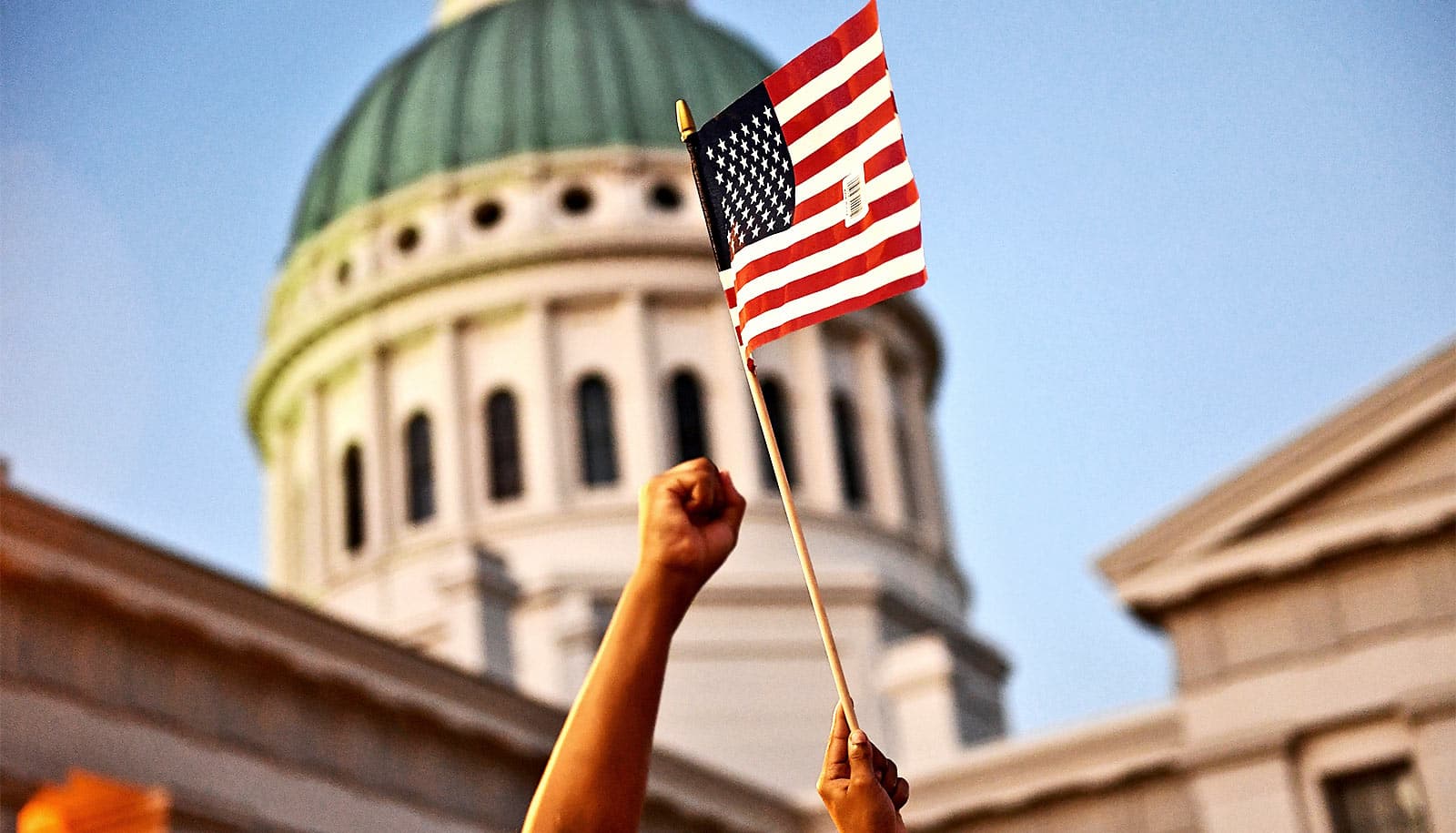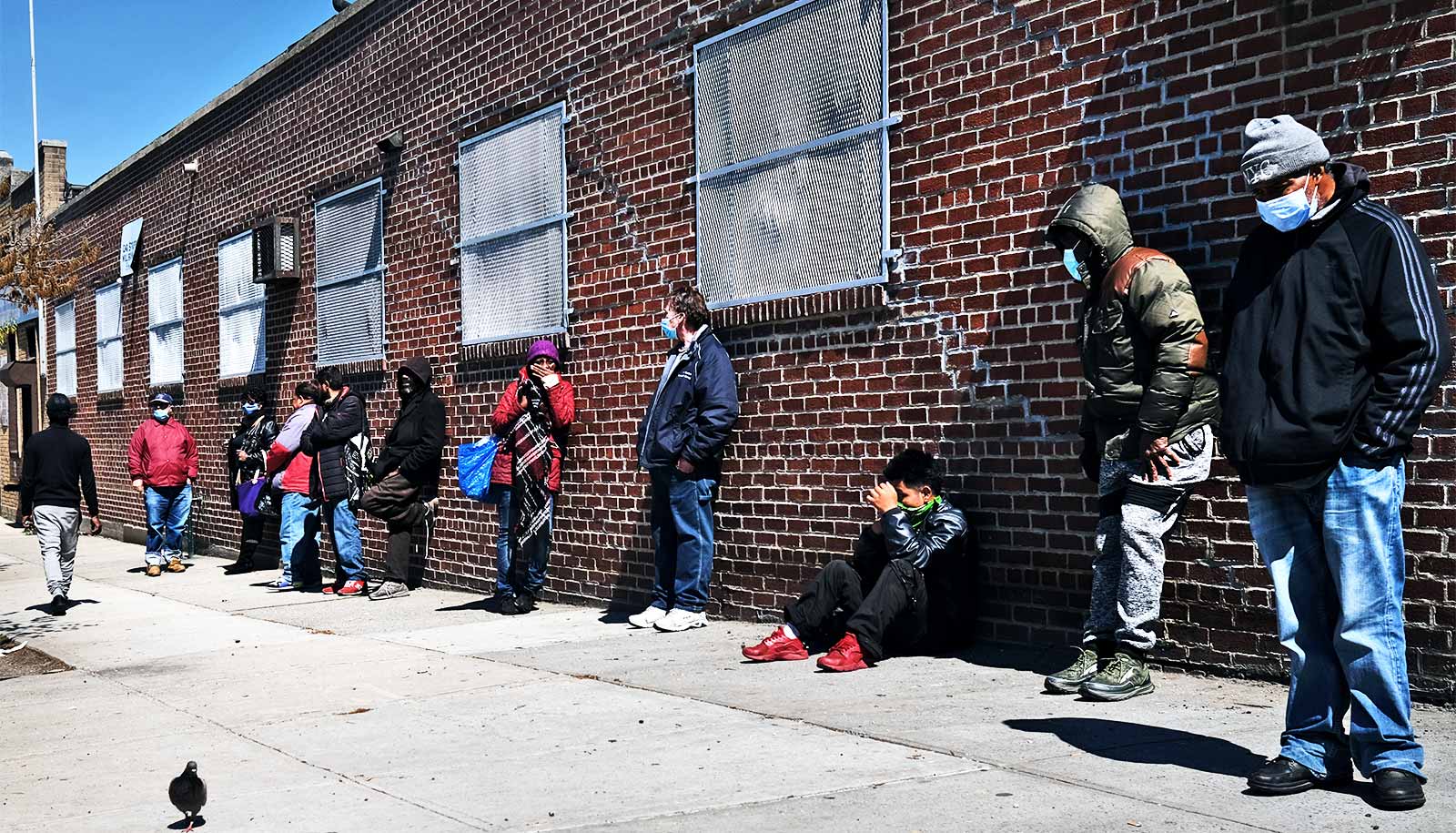A quarter-century pattern of failure by the federal government in efforts to respond to national crises tells the story of how we’ve arrived at this moment in American history, argues Paul C. Light.
“Our federal government suffers from pervasive complacency.”
A longtime student of the US federal bureaucracy, Light, a professor of public service at New York University’s Wagner School, has been busy examining the factor that led to rising COVID-19 cases, widespread unemployment, and police brutality over the past months.
Each devastating blow the US public has been dealt this year, he says, has something in common with the more than 200 other crises faced by this country over the past decades: namely, a poorly performing federal bureaucracy.
“Our federal government suffers from pervasive complacency,” explains Light, whose research has catalogued what he describes as a “cascade” of US government breakdowns since the mid-1980s and who is the author of 25 books on Congress, the executive branch, and the nonprofit sector, most recently The Government-Industrial Complex: Tracking the True Size of Government, 1984-2019 (Oxford University Press, 2019). Light was previously a director at the Pew Charitable Trusts.
Light’s research began after the Space Shuttle Challenger disaster of 1986 when he began tracking public interest in major government events. This data revealed a growing inventory of highly visible stories about federal government failures that Light has culled for patterns in the underlying causes of failure. His work continues to be based on inventories of significant events, but now focuses on understanding the underlying triggers that signal a potential breakdown.
There have been various attempts to streamline the government bureaucracy, dating back to the Reagan administration and followed up by the Clinton administration, but these and others were far from comprehensive or impactful, according to Light.
“And the question we are now, once again, facing is: What went wrong? The answer is: Almost everything went wrong, and almost everything that did go wrong had been foretold,” he says.
Here, Light explains his efforts to shed light on the federal government’s repeated blunders:
President Trump came to power saying he was inheriting an “obsolete system.” Was he correct?
Trump might have been right to complain about that, but three years later, on January 22, he was declaring the fast-spreading coronavirus “totally under control.” Like his predecessors, he has not established a major commission to create a government with the firm leadership, resources, and speed to win. It was then 25 years since the last attempt at government retooling.
You’ve identified 200-plus government breakdowns since the Space Shuttle Challenger disaster of January, 1986. What do these have in common?
Heedlessness. You can go down the list of recent failures chronologically, and they add up to a pretty convincing argument, I’d say, that something is very wrong with the independent branches and layered agencies of government.
We saw the denial of risk in the 2003 Shuttle Columbia launch, and the risky supply chains linked to the 2004 flu vaccine shortage, and the failure of initiative before Hurricane Katrina blew ashore in 2005. There was the “pervasive permissiveness” that sparked the 2008 financial crisis. And there were the shortcuts that caused the Deepwater Horizon blowout in 2010; the missed warnings before the Benghazi attacks in 2012 and the Boston Marathon bombings in 2013; the risky contracts, leadership vacuums, and “irrational optimism” that produced the HealthCare.gov meltdown of 2013. And there was the broken safety culture that produced the bio lab accidents at the Centers for Disease Control in 2014; the bureaucratic warfare that slowed the nation’s response to Ebola the same year; the exhaustion of capacity as the 2017 hurricane season turned toward Puerto Rico; and the failure to plan ahead in the Trump administration’s zero-tolerance immigration policy in 2018.
But are some crises simply unavoidable—COVID-19, for one?
The war on COVID-19 may yet yield a great national achievement in new testing, drug development, and treatment regimens. But it has been more notable in mimicking the government’s greatest breakdowns of the past three decades, such as the “failures to imagine” that kept intelligence services from heading off the 9/11 terrorist attacks.
What about the enormous outrage touched off by the police killing of George Floyd? What is the role of the federal government in addressing police brutality?
Police misconduct is a problem that dates back decades. Yet if you look back, the Justice Department’s responses have rarely been concerted or decisive through its civil rights investigations or enforcement of court decrees. The misconduct and abuse have continued despite dozens of blue-ribbon reports, court orders, and grand promises.
You’ve written that our government is caught in a “Catch 22.” Do you predict additional national crises soon?
Well, I’ll tell you one thing—I’d worry about FEMA’s response to the next hurricane. The agency is absolutely depleted right now.
And the government may be unable to ensure voting access come November?
Oh my gosh, yes.
Are there any federal agencies that are working well, based on your analysis?
I’d say the US Postal Service— their technology is better than 10 years ago and their leadership is strong. The Social Security Administration is also on time in its distribution of social security checks, and I was pleased to see NASA moving forward with last May’s successful launch. Americans still think very highly of both of those agencies and also give high marks to the Forest Service, Environmental Protection Agency, the CIA, and even the Internal Revenue Service. But Housing and Urban Development, Homeland Security, and the Transportation Department are broadly disliked. Most Americans still trust the CDC, but there are serious problems with the agency’s operations that must be fixed.
So imagine you’re president. What needs to happen?
I’d give a major address about the need to make government work and bring that onto the agenda. Ronald Reagan was the last president to do a major study of government, through the Grace Commission. They generated hundreds of recommendations, none of which went anywhere. But we’ve got to put government management and reform back on the agenda, and it’s got to be more than “Let’s hire better people at the top” or “Let’s cut the workforce.” What we need is a commission to set the agenda to make these big bureaucracies agile again. Acknowledging that we have a problem that needs to be addressed would be a logical place to begin.
Source: NYU



